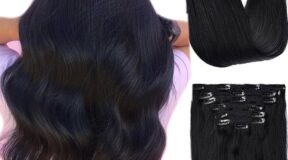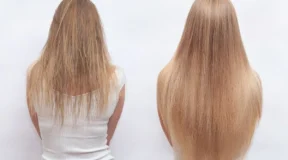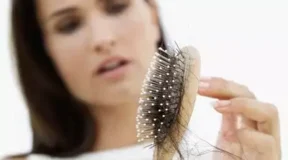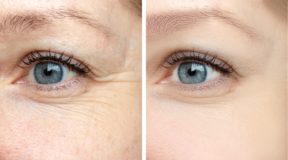Hair, a defining feature of human identity, has played a crucial role throughout history, reflecting cultural, social, and personal aspects. Beyond its aesthetic significance, affordable wholesale hair vendor serves essential biological functions and acts as a canvas for self-expression. In this article, we delve into the intricate world of hair, exploring its structure, growth cycle, cultural significance, and the secrets to maintaining healthy and beautiful strands.
The Anatomy of Hair
Understanding the structure of hair is fundamental to appreciating its complexity. Each hair strand consists of three layers: the cuticle, cortex, and medulla. The outermost layer, the cuticle, is a protective sheath of overlapping scales that safeguard the inner layers. The cortex contains keratin, the protein responsible for hair’s strength and elasticity, while the medulla, though often absent in fine or light-colored hair, contributes to overall hair structure.
The Growth Cycle
Hair growth follows a cyclical process that involves three main stages: anagen, catagen, and telogen. The anagen phase is the active growth stage, lasting several years and determining the length of the hair. The catagen phase is a transitional period, and the telogen phase is the resting stage before hair shedding occurs. Understanding this cycle is crucial for maintaining healthy affordable wholesale hair vendor and addressing issues such as hair loss or thinning.
Cultural Significance of Hair
Throughout history, various cultures have assigned profound symbolism to hair. In ancient Egypt, long, flowing hair was associated with beauty and prosperity, while in ancient Greece, intricate hairstyles were indicative of social status. In modern times, hairstyles continue to be a form of self-expression, with trends evolving and adapting to societal shifts. Whether it’s a bold color choice, a unique cut, or intricate braids, hair remains a powerful means of conveying individuality and cultural identity.
Hair Care Tips for Healthy Strands
Achieving and maintaining healthy hair involves adopting a holistic approach that encompasses proper nutrition, gentle care practices, and the use of suitable products. Adequate intake of vitamins and minerals, such as biotin, vitamin E, and omega-3 fatty acids, promotes hair health from within. Regular trims prevent split ends. While the use of sulfate-free shampoos and conditioners helps maintain the natural oils that nourish the hair.
Conclusion
In conclusion, hair is a multifaceted aspect of human existence, combining biological intricacies with cultural symbolism. By understanding the anatomy, growth cycle, and cultural significance of hair, individuals can better appreciate and care for their locks. Whether embracing a trendsetting hairstyle or maintaining the natural beauty of one’s hair. The art and science of affordable wholesale hair vendor contribute significantly to our sense of identity and self-expression.





